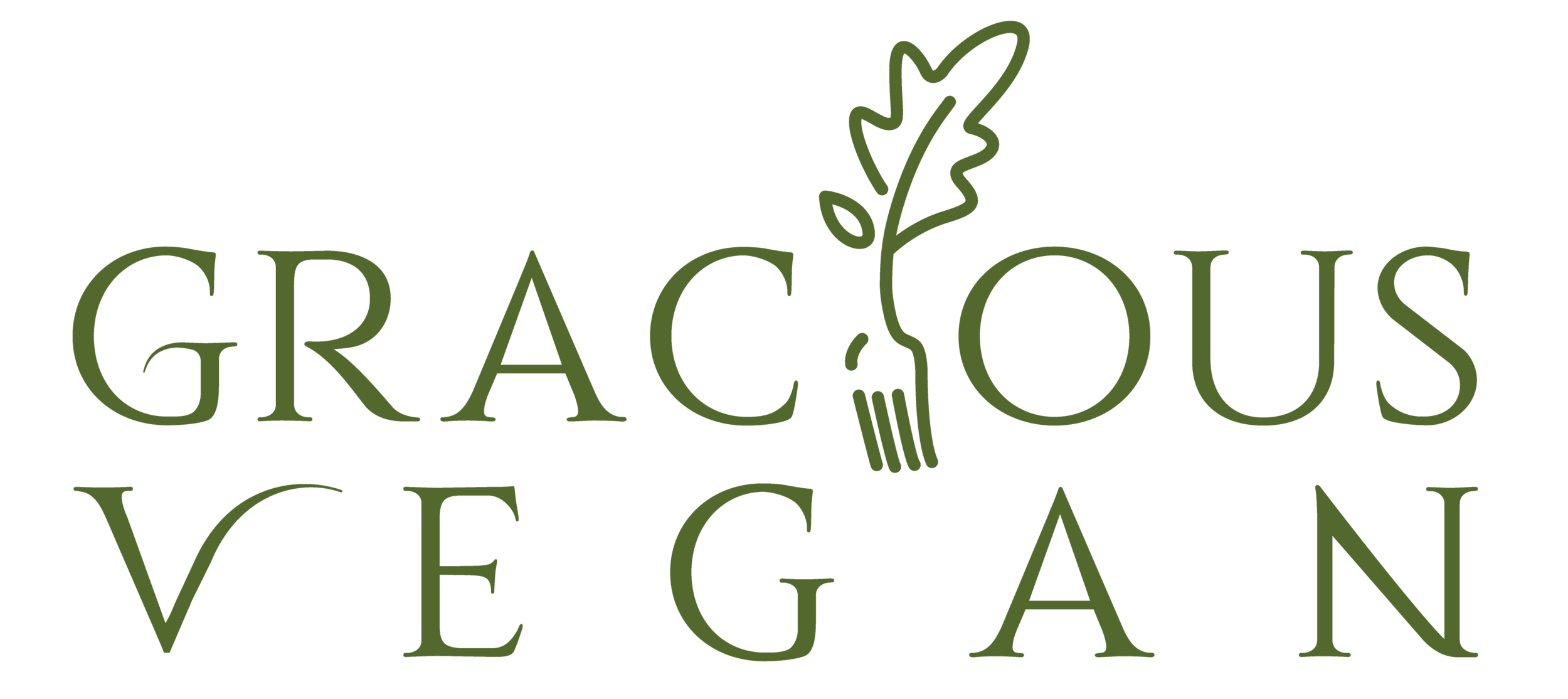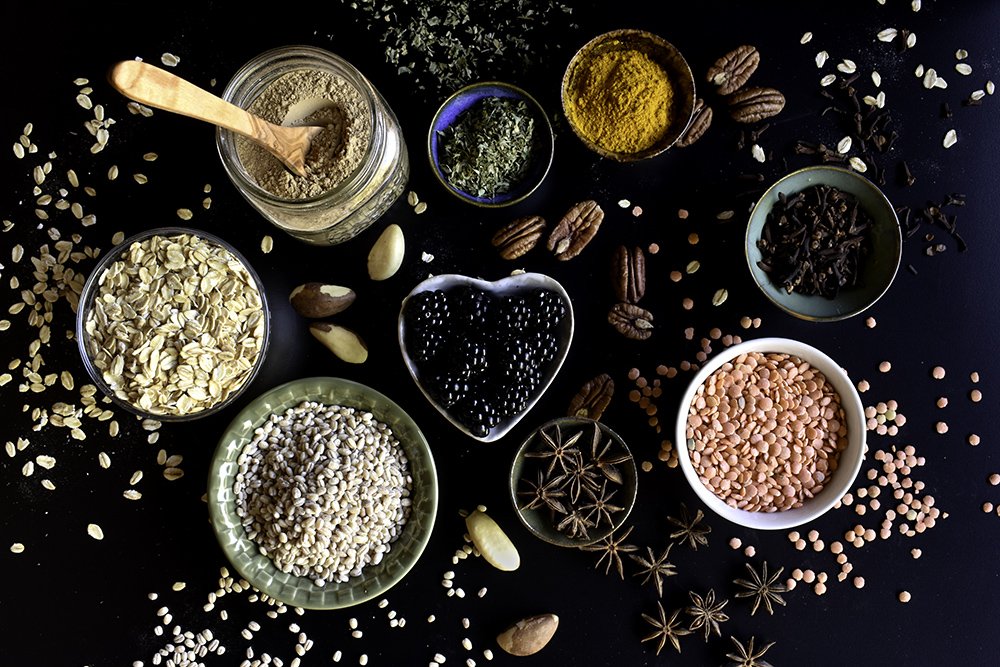What are the healthiest substitutes for sugar in baked goods? Which types of baked goods and desserts are best for using dates and bananas, the healthiest sweeteners? Learn how to use healthy sugars for desserts and savory dishes. Links to successful recipes are included.
Read MoreA comparison of four books on aging: Greger’s “How Not to Die,” Attia’s “Outlive,” Sinclair’s “Lifespan,” and Buettner’s “Blue Zones.” Science has begun pointing to ways to prevent age-related diseases and extend the number of years we are healthy and thriving. These four books emphasize different recommendations, different research methods, and different approaches. All are worth reading.
Read MoreWhat are the healthiest sweeteners? Why? Read a comparison of 12 sweeteners—including ripe bananas, dates, various syrups, and processed sugars—and see their nutritional values, prices, and a summary of which are the healthiest and unhealthiest.
Read MoreYou can make your own inexpensive skincare products that reflect recent research on the best way to support aging skin. I share with you how to use niacinamide and Vitamin C in two easy DIY products that will help your skin look and feel better. The research is based on Dr. Michael Greger's book "How Not to Age."
Read MoreHere’s a free PDF summary of “Can Fasting Save Your Life” by Dr. Toshia Myers and Dr. Alan Goldhamer. Use the summary as a guide or map as you read the book, or read the summary on its own to get the gist of their coverage and recommendations.
Read MoreRead this introduction to “intact whole grains,” which are recommended by Dr. Michael Greger and other nutrition experts. I cover what “intact” means when it comes to grains, plus related topics that compare intact whole grains to whole grains processed in various ways. If you want a basic introduction to “intact whole grains,” this post is for you.
Read MoreHere’s a free PDF summary of “How Not to Age” by Dr. Michael Greger. Use the summary as a guide or map as you read the book, or read the summary on its own to get the gist of Greger’s coverage and recommendations. The book and summary are chock-full of lifestyle choices you can make to slow the aging process and preserve your body and functions for as long as possible. Genetics accounts for only 15-30% of lifespan probability: the rest is under our control.
Read MoreThis review of Dr. Michael Greger’s book How Not to Age provides an overview of the book’s content as well as some examples of what he covers. My commentary covers my view of the book’s strengths and a few aspects that would have helped me understand it better. The book is a must-read at the intersection of aging and nutritional research. No one else has—or could have—brought these two specialties together in the way that Dr. Greger does.
Read MoreIn this post I discuss my daily tea-drinking habits and how I’ve had to fit my tea into a schedule that optimizes my health. While tea and coffee have many health benefits, there are certain ways to time them in your day for optimal health.
Read MoreIn this post I examine the growing evidence of chronic inflammation’s apparently central role in some of the deadliest diseases on the planet. Chronic internal inflammation makes us more vulnerable to serious diseases by creating the conditions in which diseases can emerge and grow.
Read MoreThis is the third post in my “Understanding Chronic Inflammation” series. I describe what causes low-level chronic inflammation in everyday language. Many aspects of the modern world and modern lifestyles can trigger the immune response and a constant state of low-level inflammation. The good news is that we can address a number of these causes and calm the inflammation that may be causing us pain or contributing to the risk of chronic diseases.
Read MoreThis is the second post in my “Understanding Chronic Inflammation” series. I describe what inflammation is. We hear so much about inflammation, but rarely do we make the connection between immune cells, triggers, and inflammatory effects. This post covers what happens when the immune response is triggered, consequences of the immune response, and the most common inflammation-related conditions.
Read MoreHelp reduce the risk of disease and pain with an anti-inflammatory diet. In this post I address salads and share the salad ingredients that have the highest anti-inflammatory effects. Links to recipes are also included.
Read MoreThis is the first post in my “Understanding Chronic Inflammation” series. I provide a succinct but critical foundation to understanding chronic, meta-, and age-related inflammation, namely, an overview of the immune system itself, which is the culprit behind chronic inflammation. This post covers the purpose of the immune system, the component parts, some interesting facts about the immune system that are not widely known, and some of the major reasons why the immune system overreacts and causes inflammation.
Read MoreEat snacks that satisfy you but also fight chronic inflammation. This list of 25 anti-inflammatory snacks is based on the foods scientists have identified as able to reduce inflammation more than other foods. Whether you like fruit, vegetables, teas, smoothies, or snacks like black bean hummus, there’s something in this list for you.
Read MoreEasy, quick, filling, and delicious recipes. I picked my best 20 easy plant-based recipes with whole-food ingredients to help you eat well even when you. don’t have much time to cook. These vegan dishes, with suggested side dishes, will please the family and save most of the money you would have spent on take-out.
Read MoreUsing approaches advocated by James Clear in “Atomic Habits” and B.J. Fogg in “Tiny Habits,” I started four habits that appear to have lowered my cholesterol and LDL by 19 points each in only a few months. Read how I did it and how using this method for developing tiny new habits is something everyone should consider doing.
Read MoreThis post compares soy curls to other chicken substitutes, including TVP, and describes how soy curls are made. I also provide lots of ideas for how to use soy curls in plant-based cooking. If you’re wondering where you can buy soy curls, see the last section of this post.
Read MoreA side-by-side comparison of tofu, tempeh, and seitan. This post explains the differences and commonalities between these three protein-packed foods. All three have a role to play in a healthy plant-based diet, and it’s important to understand the differences and the best ways to use each.
Read MoreLooking for ways to use up those extra veggie burgers? Here are over a dozen ways to use those burgers in healthy plant-based dishes. I cover sandwiches, entrees, and Mexican-inspired dishes as well as offer ways to spice up your dinner when using the burgers as “just burgers.”
Read More

















